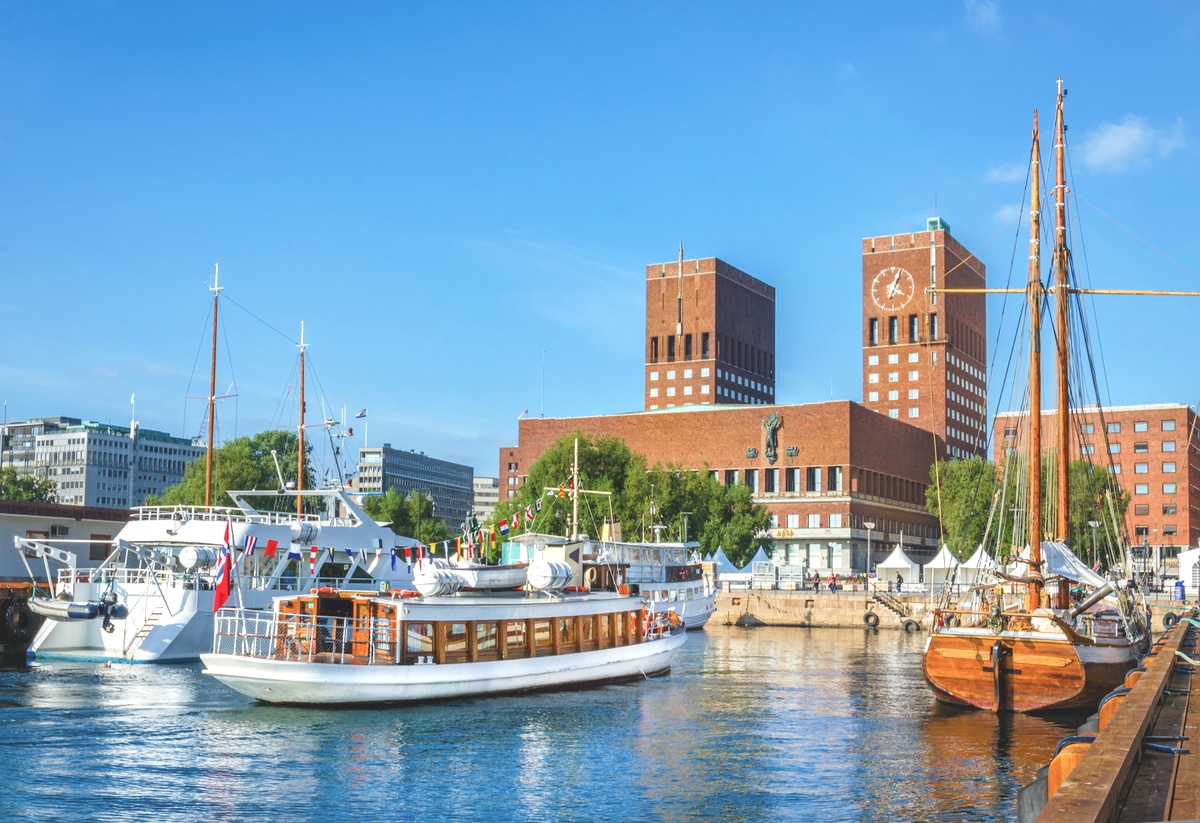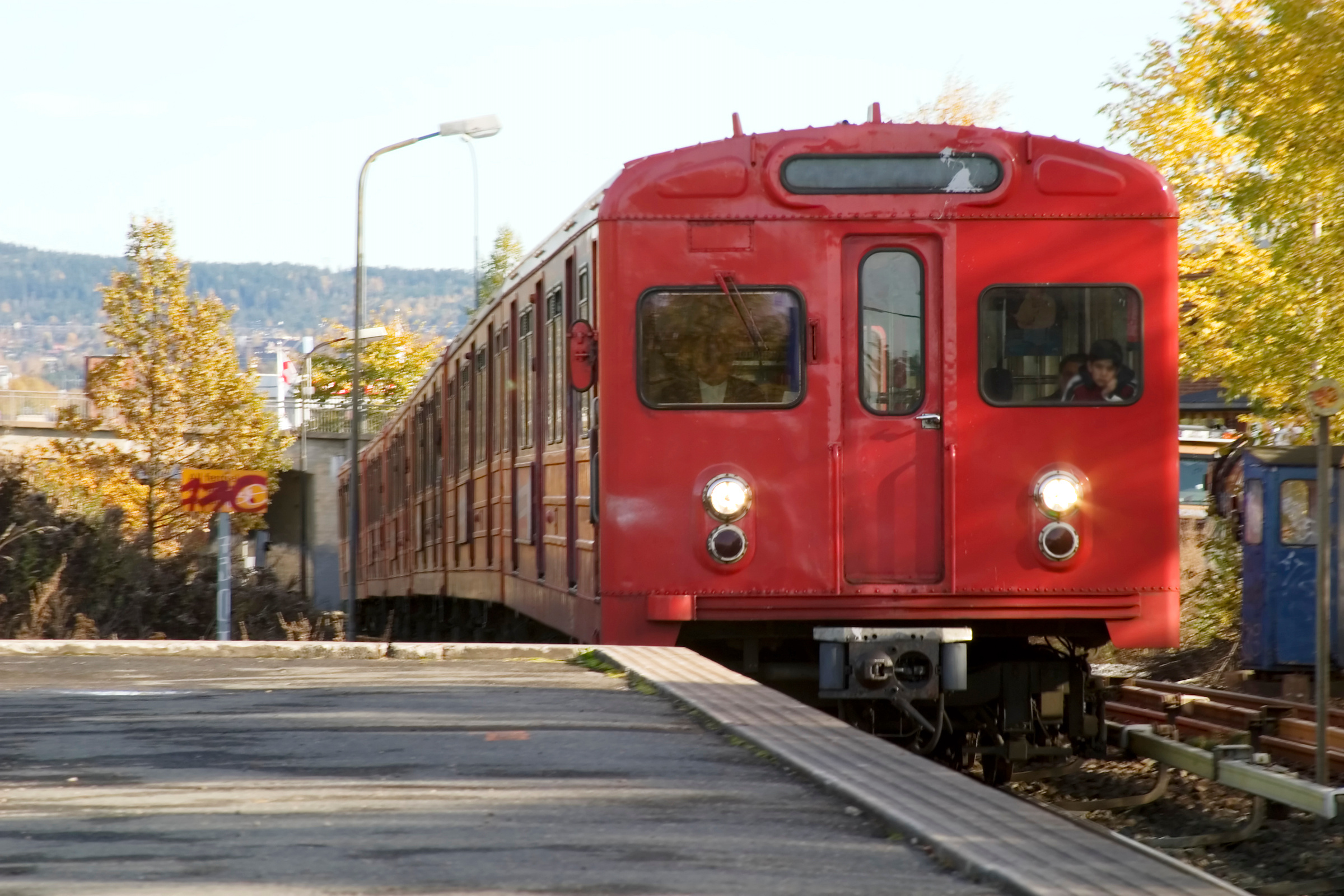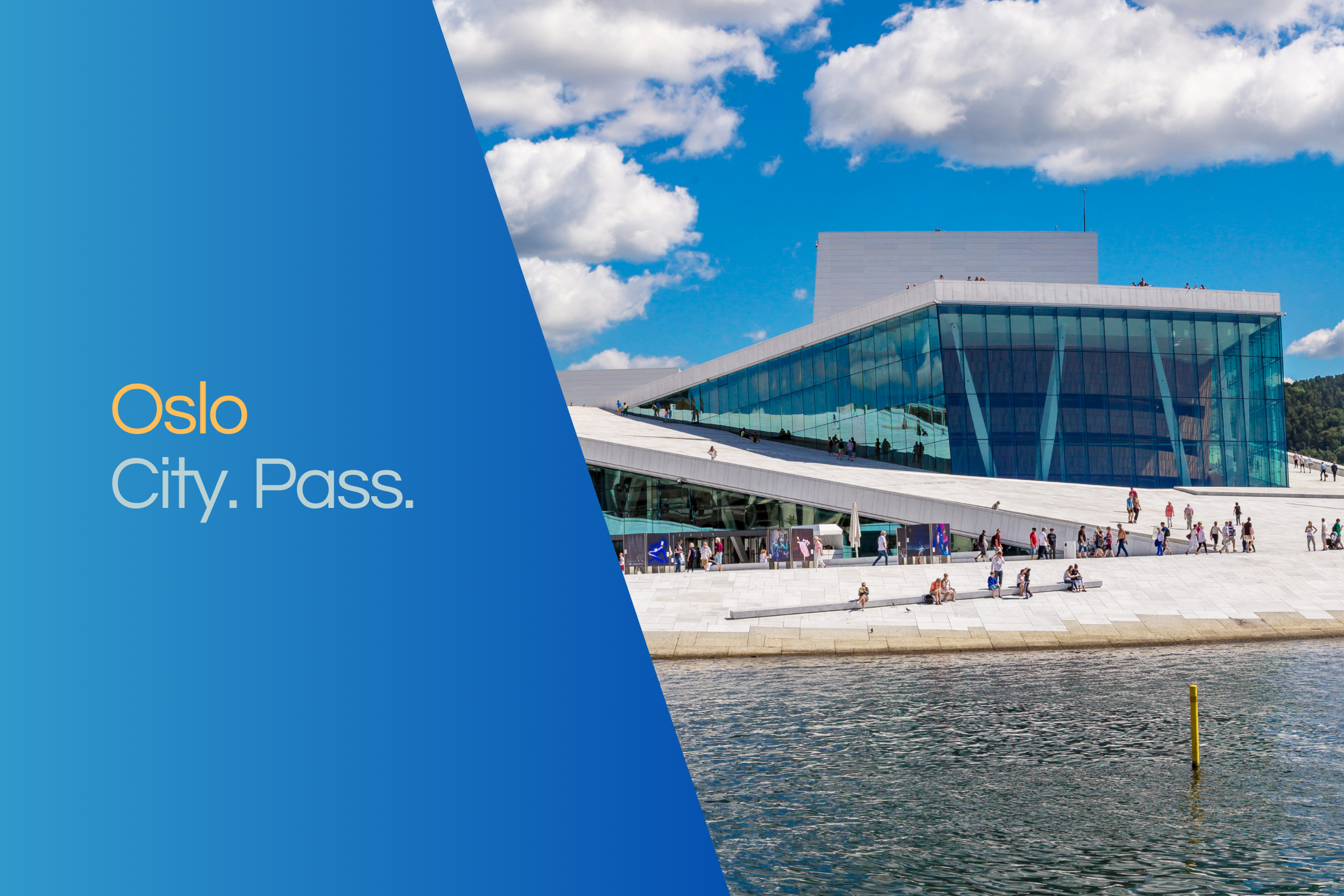Technical Museum
Oslo Science Center
If you can't warm up to technology before visiting the Oslo Technical Museum, you will certainly do so after your visit. The museum aims to enable children and adults to explore the secrets of physics and experience natural phenomena. Among other things, there are over 100 interactive installations. Themes such as light, bodies, physical phenomena, television, speed, mathematics, blood and many more can be explored here. Especially since the museum focuses on experiential education, a visit to the Oslo Science Center is very educational and at the same time extremely entertaining.
A visit to the planetarium is also very worthwhile. It is the only planetarium in the Oslo area that is in regular operation. Performances take place mainly on weekends or for school classes and groups by reservation. Another highlight is the creative workshop Teknolab, where children and young people can become active themselves. Workshops are offered on a regular basis, and they can print, solder and program.
With EnergiTivoli, the museum is also dedicated to the challenges of the future and not just to current and past technology, because the technology of the future is also an important topic that is addressed in a vivid way. The exhibition on renewable energy sources and innovative technologies will amaze visitors.
Medical history
The Oslo Technical Museum also houses the Norwegian Museum of Medicine. Here, developments in the field of medicine are closely scrutinized. How medical progress has developed from 1850 to the present day and how people's health problems have also changed can be explored in the extensive exhibition. The spectrum ranges from cholera to the infectious disease SARS, and so it is also conveyed that physicians are constantly confronted with new diseases and pathogens that give rise to new research and the development of new treatment methods. Some of the equipment seems a bit bizarre by today's standards, so a visit to the exhibition is an unforgettable experience in any case.





